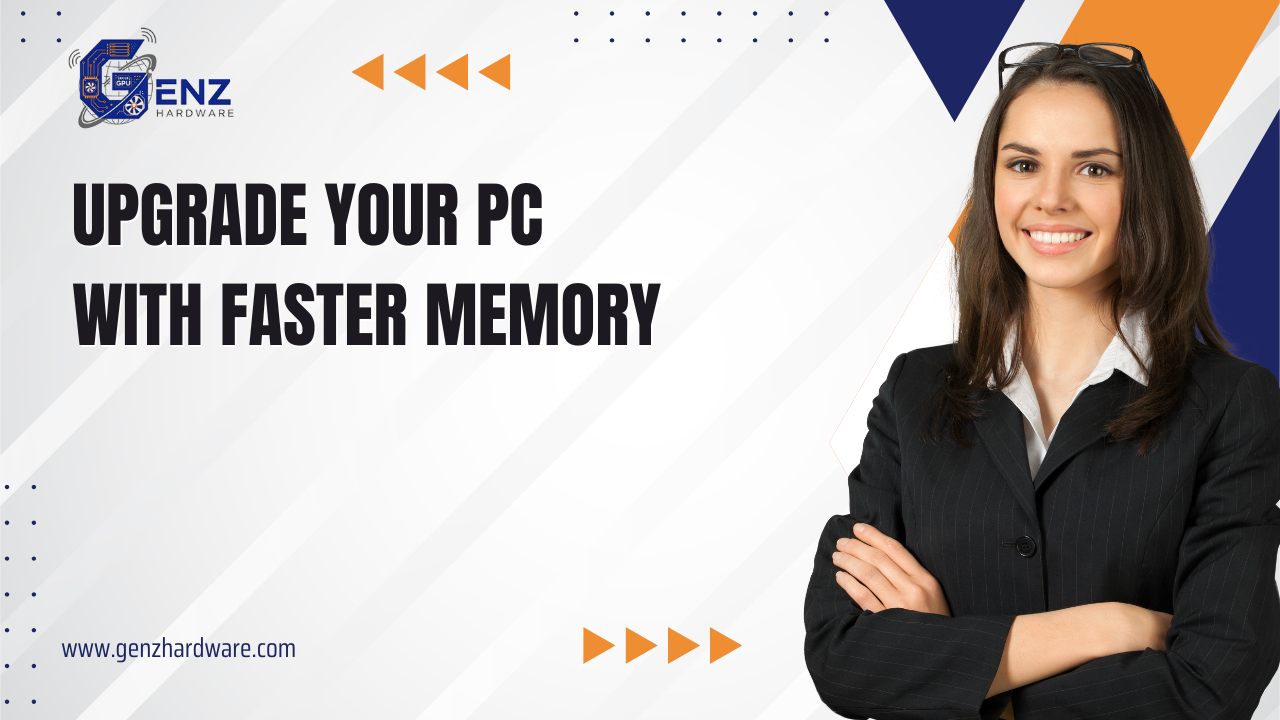
Desktop Memory: Powering Everyday Performance
When upgrading or building a desktop computer, one of the most important components to consider is memory (RAM). Desktop memory provides the short-term storage your PC needs to run applications, multitask, and deliver smooth overall performance.
What Is Desktop Memory?
Desktop memory refers to DIMM (Dual Inline Memory Module) sticks installed directly on a computer’s motherboard. Unlike storage drives, memory is volatile, meaning it only holds data while the computer is powered on.
Why Desktop Memory Matters:
-
Boosts Performance: More RAM allows faster program execution and system responsiveness.
-
Enables Multitasking: Run multiple applications without slowdowns.
-
Supports Gaming & Creative Work: Essential for rendering, editing, and high-performance gaming.
-
Future-Proofs Your PC: Keeps systems compatible with modern software requirements.
Types of Desktop Memory:
-
DDR3 RAM: Older but still used in legacy desktops.
-
DDR4 RAM: Current mainstream standard, balancing speed and affordability.
-
DDR5 RAM: The latest generation, offering faster speeds and higher efficiency.
-
ECC vs. Non-ECC: Most desktops use non-ECC memory; ECC is mainly for servers and workstations.
How Much Desktop Memory Do You Need?
-
Basic Use (Browsing, Office Work): 8 GB is sufficient.
-
Gaming & Media Creation: 16–32 GB recommended for smoother performance.
-
Professional Workloads (3D Rendering, Video Editing): 32 GB or more ensures faster processing.
Desktop Memory vs. Laptop Memory:
-
Desktop Memory (DIMM): Larger modules, higher capacities, and better cooling options.
-
Laptop Memory (SO-DIMM): Smaller, designed for compact spaces with limited slots.
Conclusion:
Desktop memory is one of the most cost-effective ways to upgrade and speed up your computer. Whether you’re gaming, editing, or simply browsing the web, having the right RAM capacity and type ensures your PC runs at peak performance.








